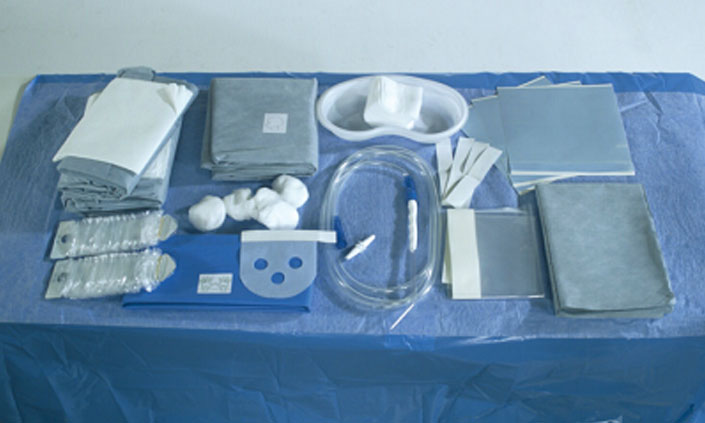Incident rates may be severely under reported
The most widely used system to collect information on the frequency of patient incidents may be under reporting incidents by up to ten times.

New research from the Australian Institute of Health Innovation (AIHI) at Macquarie University shows that the most widely used system to collect information on the frequency of incidents where patients are harmed in hospital could be detecting up to ten times less incidents than actually occur, and numbers do not accurately reflect the safety of a hospital.
Incident reporting systems are used in many hospitals as their primary source of patient safety data. However this research led by Associate Professor Peter Hibbert shows that the quality of data collected is generally poor and patient safety events are missed. A different incident data collection method, the Global Trigger Tool, which analyses medical records, detects ten times more incidents of harm to patients, providing hospitals with a more accurate measure.
The results come from a review of studies undertaken in hospitals in six countries, mainly the United States. The review looked at 22,589 medical records, comparing the number of adverse events detected by the Global Trigger Tool, to the number also detected in corresponding incident reporting systems. There was a greater than 10-fold gap between the detection rates of the Global Trigger Tool and the incident reporting systems.
“Although no Australian hospitals were included in this study, incident reporting systems are widely used in Australian hospitals and should not be relied on as the sole measure of the safety of a hospital,” Associate Professor Hibbert says.
“We know that one in ten patients will be harmed in hospital, ranging from something relatively minor such as receiving medication at the wrong time to more serious and rare incidents such as instruments being left inside a patient. Around 500,000 of these events are reported in Australia each year.
“It is important therefore that hospitals have good quality data to not only track the frequency of incidents but also to be able to learn from them and improve patient safety,” he said.
Hospitals should collect data on the safety of patients from multiple sources and use that information to understand why incidents happen, and how to prevent them in the future, says Associate Professor Hibbert.
Incident reporting systems have their place, he said. They are useful for detecting rare, serious and new incident types, and for gathering the contextual information needed to build an understanding of how to prevent such incidents re-occurring. However, incident reporting systems often do not capture some incident types, such as diagnostic error, where for example a pathology report is interpreted incorrectly, and a patient does not receive the correct diagnosis, leading to delayed or wrong treatment.
This research forms part of the National Health and Medical Research Council (NHMRC) funded Partnership Project led by Associate Professor Hibbert improving the way the Australian health system learns from events that result in harm to people receiving care.
Contact Chrissy Clay for media enquiries and more information.